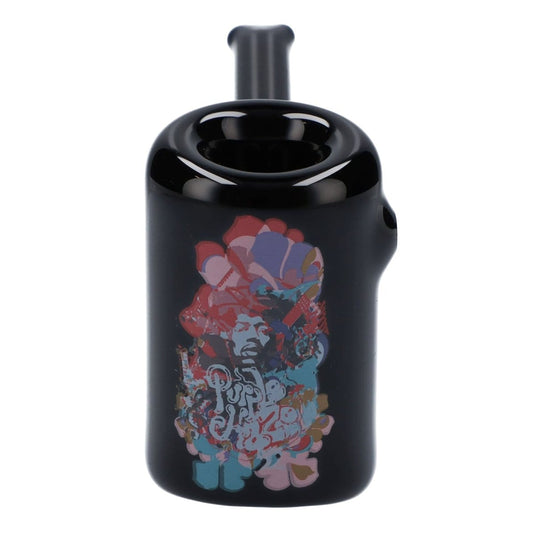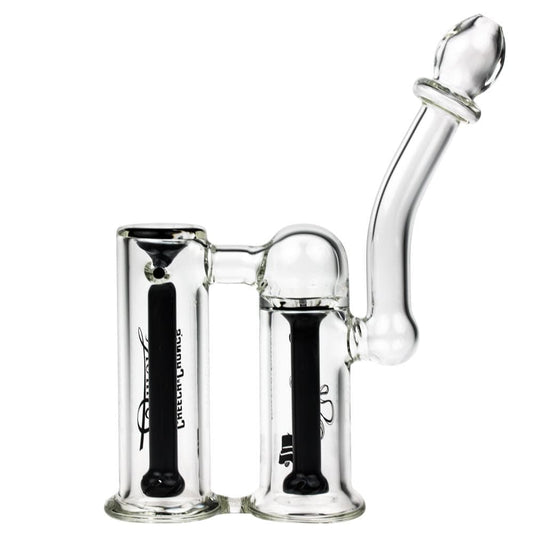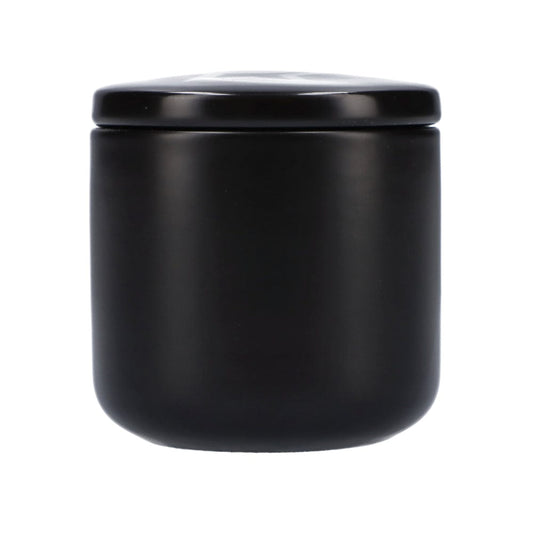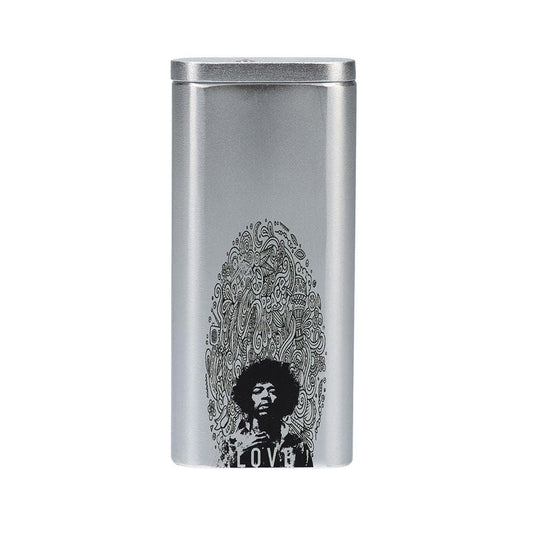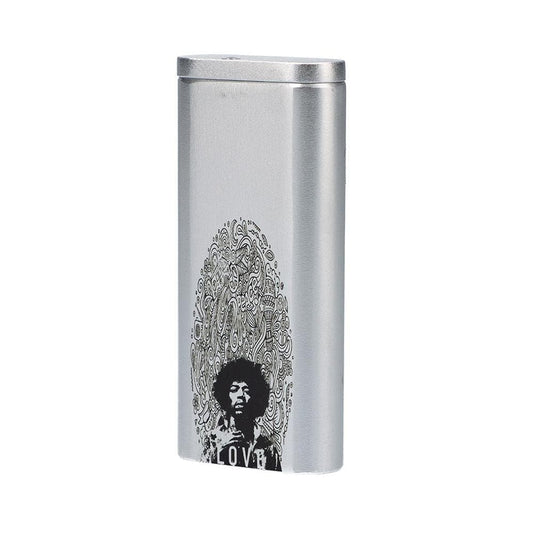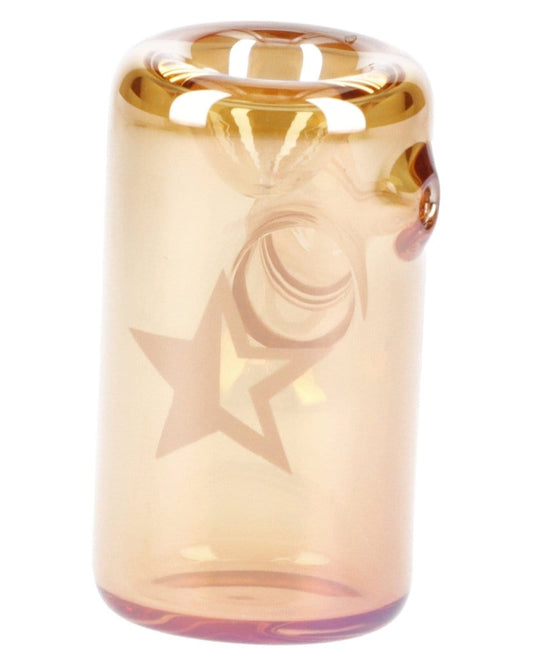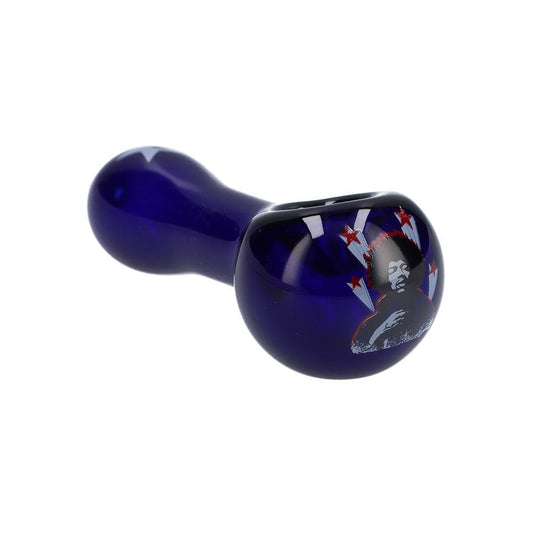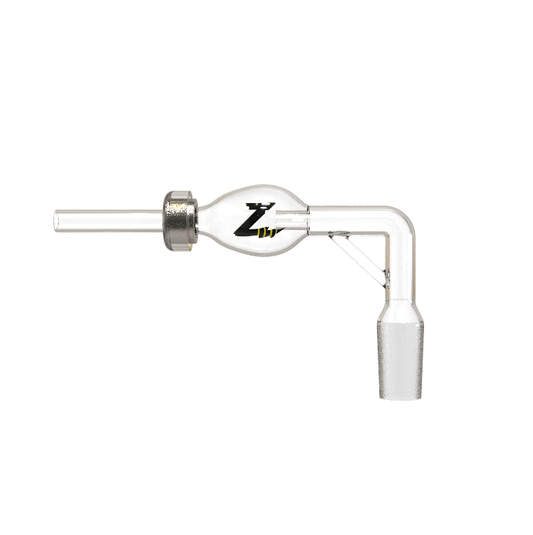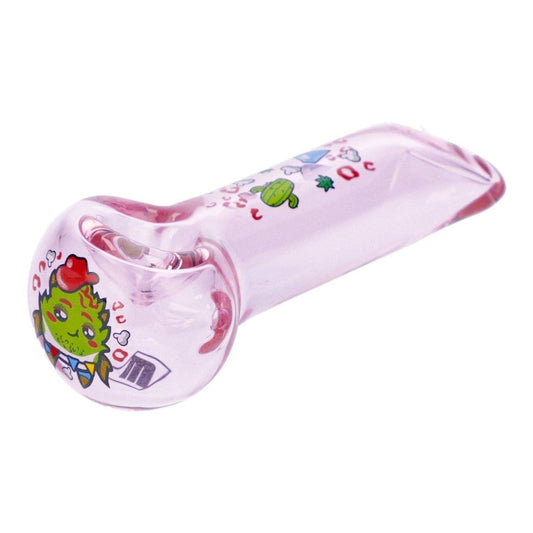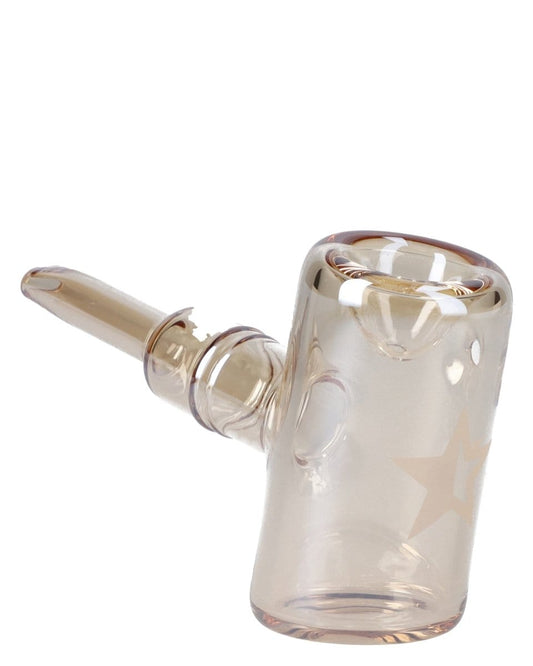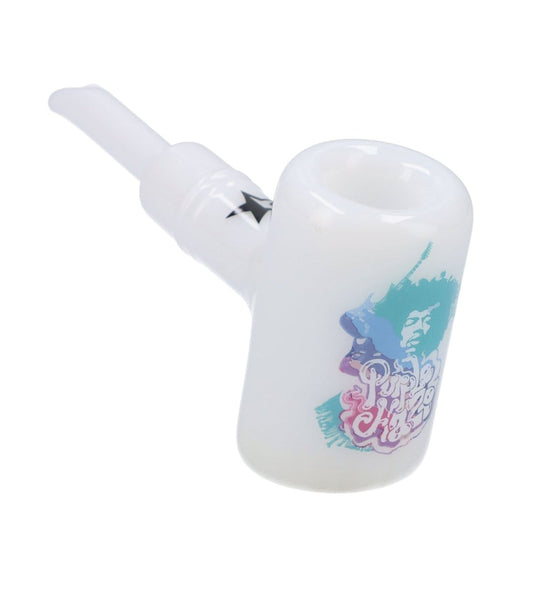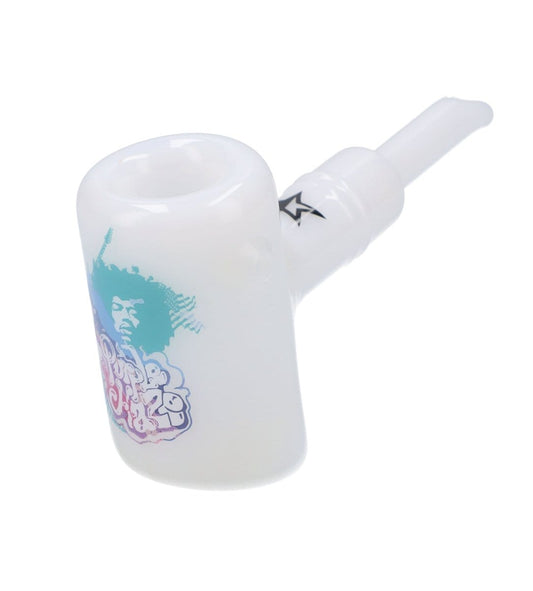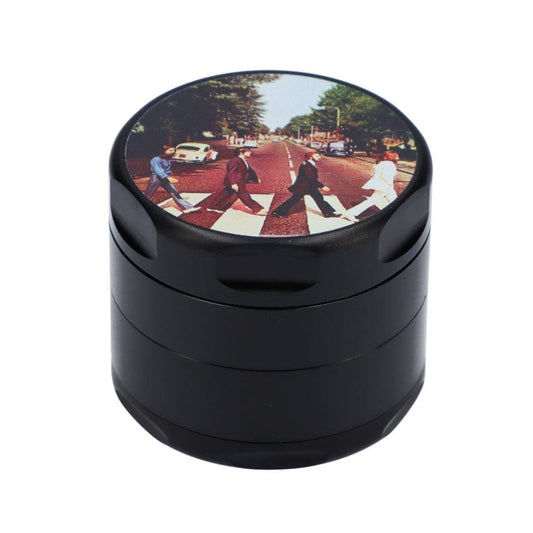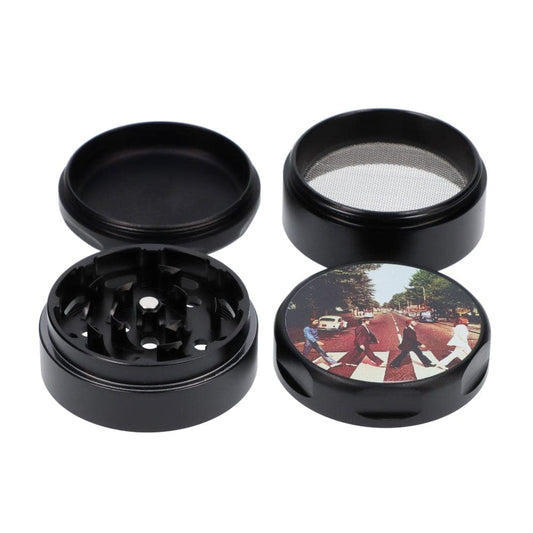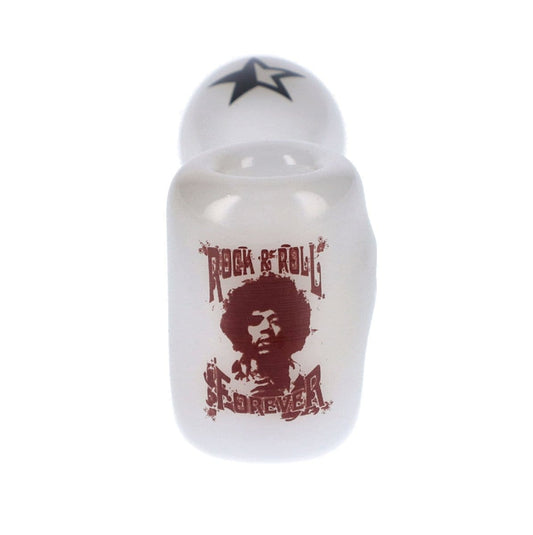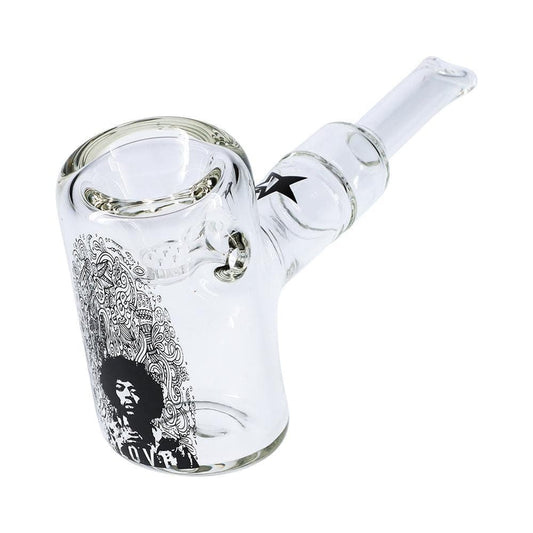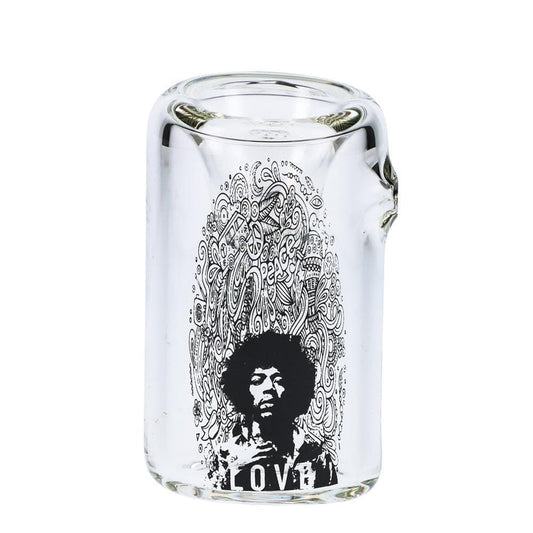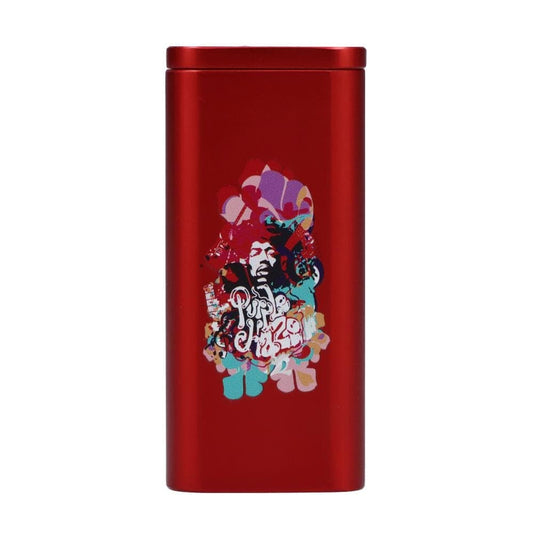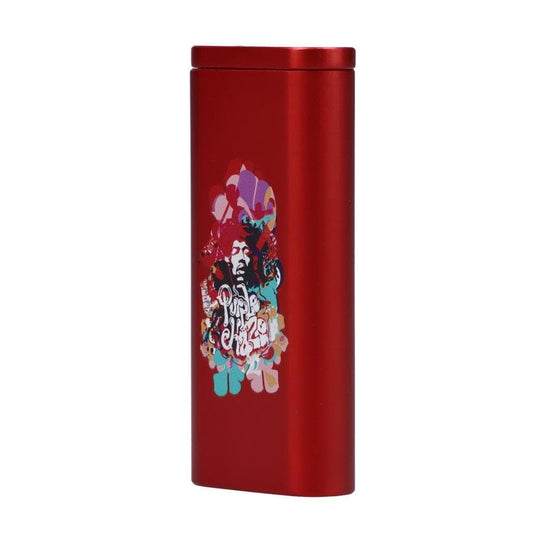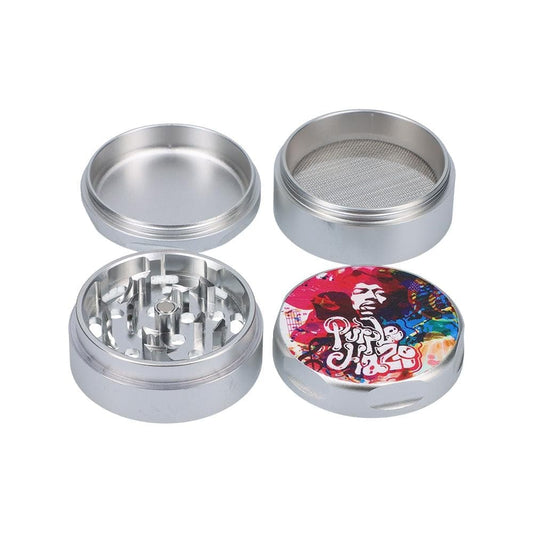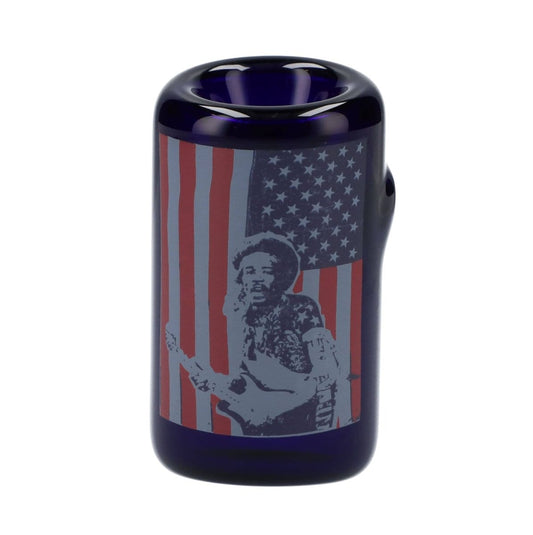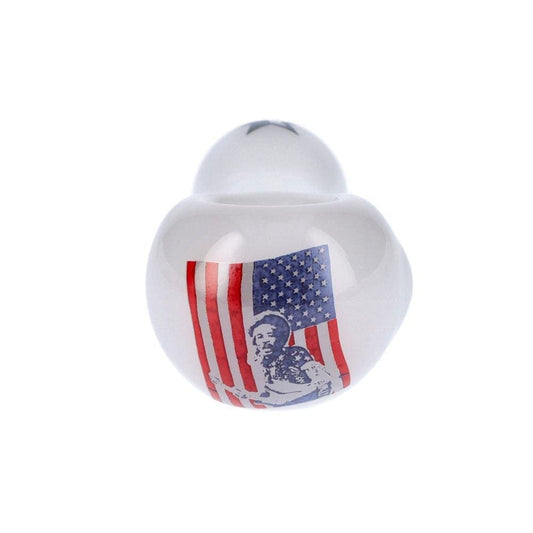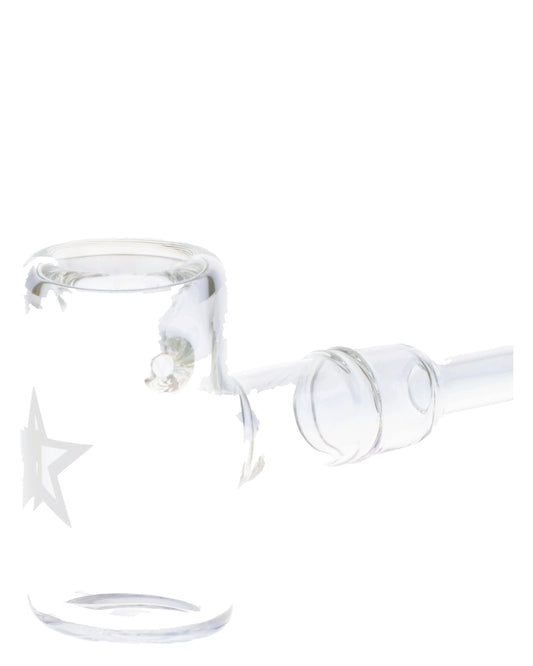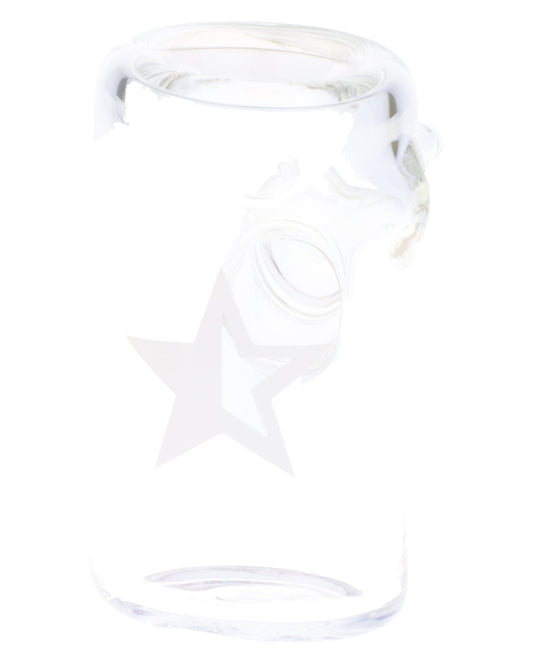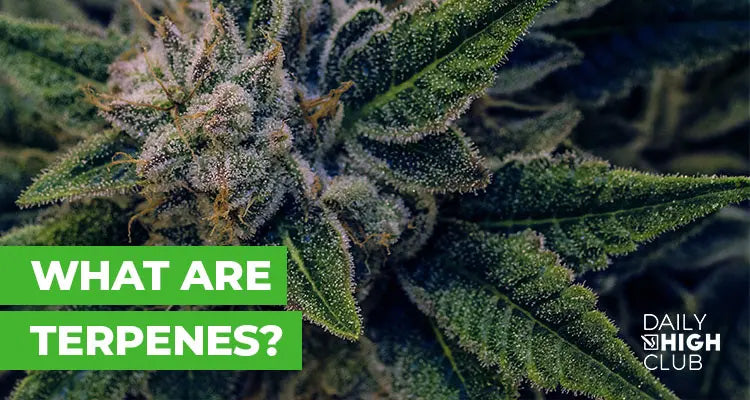
What are Terpenes?
Most people who smoke cannabis know that the psychoactive compounds are called cannabinoids, the most famous one being THC (tetrahydrocannabinol). However, there are other compounds present that make up the cannabis plant.
One such group is terpenes, naturally occurring chemical compounds present in not just cannabis plants but many other plants and animals.
Terpenes are what give the plants unique scents, flavors, and colors. In this blog post, we'll examine the role of terpenes in plants, cannabis, and other everyday products.
Overview of Terpenes
Terpenes are major biosynthetic building blocks that play a crucial role in constructing many complex molecules. They often have antimicrobial and antifungal properties that can protect plants from bacterial or fungal infections.
The antimicrobial properties of terpenes can also improve the soil quality and overall health of the surrounding ecosystem.
There are tens of thousands of different terpenes identified in nature. Classification is based on the number of isoprene units they contain.
Chemical Composition and Classification of Terpenes
A terpene contains units of isoprene, which is chemically structured as C5H8. Monoterpenes contain two units, sesquiterpenes contain three, diterpenes contain four, triterpenes contain six, and polyterpenes can contain many long-chain molecules.
For example, alpha-pinene is a monoterpene containing two isoprene units, giving it the chemical formula C10H16. It is a major component of turpentine, which is a natural resin obtained from various trees, particularly from the genus Pinus.
Other terpenes found in turpentine include beta-pinene, myrcene, limonene, and dipentene.
The Role of Terpenes in Plants and Their Aromatic Properties
As mentioned earlier, terpenes are what give many plants their distinctive scent, like lavender and black pepper. Because of terpenes, we can extract essential oils from plants such as mint, sage, and jasmine and use them for their various benefits.
Another primary role of terpenes is to repel herbivores. The strong, often unpleasant odors make plants less attractive to herbivores, providing a direct defense against insects and animals.
Terpenes also give flowers their aromatic scents, attracting pollinators like bees, wasps, and butterflies. This facilitates the transfer of pollen from the flowers and can help with fertilization and seed production.
Some terpenes like gibberellins and brassinosteroids can also help cell growth in plants, causing plant elongation, particularly in the stem and leaves.
Terpenes in Cannabis
Like other plants, terpenes contribute to the distinctive smell of our favorite cannabis strains. Not only are terpenes responsible for the strong aroma and flavor of cannabis products, but they can also influence the effects you feel when smoking or ingesting.
Different strains have different terpenes, but myrcene and limonene are two common ones. Myrcene is a terpene commonly found in cannabis plants and hops, giving cannabis its distinctive smell and beer its hoppy aroma.
Limonene has a citrusy aroma and is more common in sativas, while Myrcene is commonly found in indica plants.
Other types of terpenes commonly found in cannabis plants include caryophyllene, linalool, humulene, and terpinolene.

Terpenes in Everyday Products
Terpenes are often used as flavor enhancers in food and beverages. For example, citrus fruits often contain limonene, pepper has beta-caryophyllene, and berries have myrcene and terpinolene.
In addition, skincare products often include terpenes for their potential antioxidant, calming, and anti-inflammatory properties. Perfumes, cosmetics, and industrial cleaning products also include familiar scents from terpenes like citrus fruits or essential oils.
Health supplements like full-spectrum CBD capsules also include terpenes, which may enhance the properties of the ingredients by creating what is called the entourage effect. The entourage effect is a phenomenon where different compounds work synergistically to maximize the effect of each one.
Terpenes in Medicine and Pharmacology
Terpenes have been used for various potential benefits such as anti-inflammation, antimicrobial, and antiviral effects. Although research is currently still limited, early evidence points to the encouraging potential of using terpenes as a natural treatment for several ailments such as cancer, depression, anxiety, and free radical damage.
Another use of terpenes is in the form of cloves that were traditionally used to treat painful cavities to relieve toothaches or an upset stomach.
Two types of terpenes commonly found in cannabis, pinene and linalool, were also found to have neuroprotective properties and might help treat neurodegenerative disorders such as Alzheimer's and Parkinson's.
Specific Examples of Terpenes
There are thousands of terpenes, but here are some of the most common ones!
Myrcene: Myrcene is found in mangoes, thyme, hops, lemongrass, and some cannabis plants. Myrcene has been explored for its anti-inflammatory and analgesic qualities, making it a subject of interest in the field of natural medicine.
Limonene: Found in citrus fruits, limonene is commonly used for stress relief and improving the immune system.
Beta-caryophyllene: This is what gives black pepper its spicy aroma and anti-inflammatory properties.
Terpinolene: Found in hemp and industrial cleaning products, terpinolene is often used as a fragrance enhancer.
Phellendrene: Spicy yet citrusy, this terpene has been known to be an immune system booster.
Pinene: Common in pine needles, cannabis plants, and rosemary, pinene is often used for its anti-inflammatory properties.
Humulene: Researched for analgesic and anticancer properties, humulene is found in aromatherapy essential oils, ginger, sage, and cannabis.
Linalool: Found in lavender, basil, jasmine, and citrus plants, linalool is used for its relaxing effects and anti-inflammatory properties.
Conclusion
Terpenes play a crucial role in our natural world. Not only do they give plants their unique scent, but they have numerous applications for overall improvement of our health and well-being.
We hope we gave you a small look into the exciting world of these aromatic compounds and hope you continue to learn about them!
Terpene FAQs
How do terpenes contribute to the aroma of plants?
Terpenes are organic compounds that are synthesized by plants. The terpene molecules are volatile and will evaporate into the air, carrying scent molecules and dispersing them.
How are terpenes used in food and beverages?
Because of their strong flavor and scent, terpenes are often used in food and beverages as flavor enhancers. Some culinary uses of terpenes include flavored drinks, spices, tea, and essential oils.
What role do terpenes play in skincare products?
Terpenes, found in various plant essential oils, can contribute to skincare formulations in several ways, including boosting absorption, providing hydration, and acting as antibacterials. For example, limonene and piperine have been known to improve skin absorption. Other terpenes like squalene and humulene are used for their moisturizing properties.
What are some common types of terpenes and their effects?
Common terpenes include limonene, which is found in citrus peels. Linalool, abundant in lavender and other floral plants, contributes to a calming scent and is known for its potential anti-anxiety and sedative effects. Myrcene, prevalent in hops and cannabis, imparts an earthy and musky aroma and is thought to have relaxing and anti-inflammatory properties.
Pinene, abundant in pine trees, provides a fresh pine scent and is associated with potential bronchodilator effects, making it relevant in respiratory health. Beta-caryophyllene, found in black pepper and cannabis, has a spicy and woody aroma and is recognized for its apparent anti-inflammatory and chronic pain-relieving properties.
Are terpenes beneficial in health and wellness supplements?
Terpenes may contribute to the effectiveness of health and wellness supplements through the entourage effect, a phenomenon where bioactive compounds work better together than separately.
This synergy increases the overall effect of supplements, providing a more balanced impact on your overall health.



